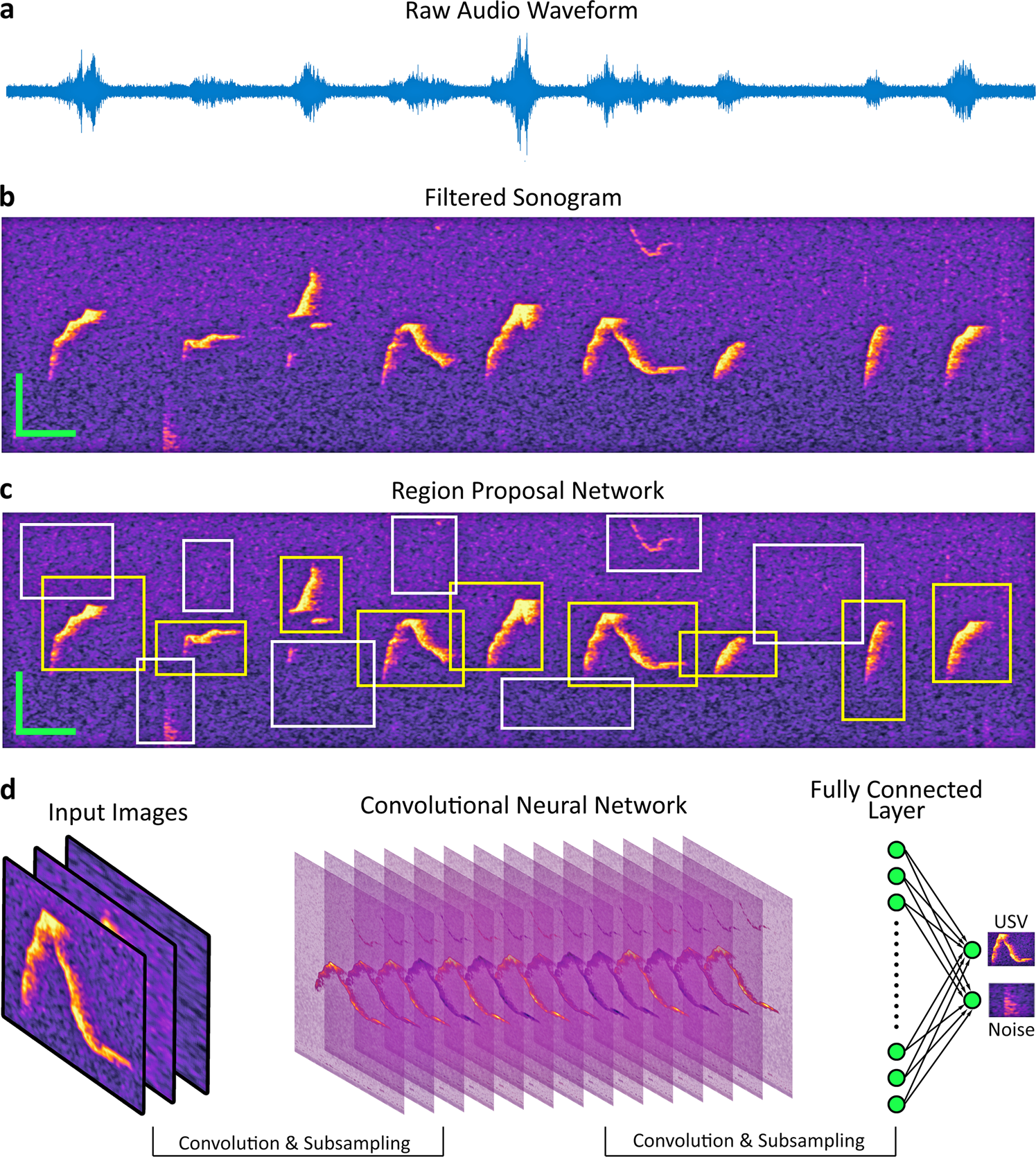These crows are smarter than you think. Let them count the ways!
Carrion crows, a notably brainy bird native to Europe, recently demonstrated their laudable intellectual capabilities in yet another way. While these crows have previously shown the ability to communicate, use tools, and problem-solve, they now can add another skill to their impressive resume: They can count out loud! Well, at least as well as a toddler.

In a study published in the journal Science, researchers from the University of Tübingen in Germany shared the crows’ new-found skill: these clever birds can count out loud up to four, showcasing a form of numerical cognition previously thought to be exclusive to humans.
“We show that crows have the capacity to count vocally,” Diana Liao, a neuroscientist at the University of Tübingen and one of the paper’s authors, told NPR, “which mirrors this important developmental stage in toddlers.”
The study revealed that crows use a simplified version of “counting” through a verbal tally system. By associating specific vocalizations with numerical values, the crows demonstrated their capacity to comprehend and respond to auditory cues.
Learning to count
Three crows were trained in a darkened chamber with a touchscreen monitor, infrared light barrier, and automated feeder for rewards. They were taught to emit varying numbers of vocalizations (caws) in response to a particular audio recording that was played—a guitar chord indicated one, a cash register noise was paired with two, a drum roll meant three, and a frequency sound corresponded with four caws. They were also provided with visual cues for the numbers.

Experimental design and performance. (A) Protocol of the vocal production task. In this example, the crow was cued to produce three calls. (B) Visual (colored Arabic numerals) and auditory (distinct sounds indicated by spectrograms) cues instructed the crows to produce a certain number of vocalizations. (C) Behavioral performance of the three crows to visual cues. The dotted horizontal line indicates chance level (1/7). (D) Behavioral performance in regards to auditory cues; layout same as (C). (E) Average performance per cued target number for visual and auditory cues. (F) Widths (standard deviation) of performance functions displayed in (C) and (D). Error bars represent standard error of the mean (SEM). Image credit: Liao, Nieder, et al.
The birds exhibited a remarkable degree of accuracy in their counting abilities, with a perfect success rate of 100 percent when counting to one and a respectable 60 percent accuracy when counting to two. However, the number four seemed to pose a quite challenge for the crows, with a lower accuracy rate of 40 percent. And the crows would often throw a toddler-esque tantrum to indicate a preference for lower numerical values.
One of the most intriguing aspects of the study was the observation of pre-planned responses in the crows. MATLAB was used to calculate reaction times and subsequent vocal intervals, with statistical analysis to compare different time intervals.
The birds displayed longer reaction times before producing higher totals of vocalizations, suggesting a deliberate process of mental planning and organization. They paused longer before emitting three caws than they did for a single call. The reaction times are shown below.

Relationship between reaction time and number of impending vocalizations. (A) Time intervals for the vocal production sequence. (Top) Timeline of an example trial for four vocalizations. Reaction time extends from the monitor display (left) to vocalization 1 (oscillogram 1). Vocalizations 2 to 4 are followed by the noise of the “enter” peck. (Bottom) Temporally aligned spectrogram of the crow’s produced 4 vocalizations. (B) Session durations of pertinent time intervals [as shown in (A)]. (C) Reaction times to produce the first vocalization after instruction cues for the four target numbers of vocalizations. Image credit: Liao, Nieder, et al.
The researchers used MATLAB to fit a linear mixed-effects model to evaluate the accuracy and width of response distributions The research team used a supervised machine learning technique in MATLAB known as Gaussian support vector machines to investigate if the first vocalization in a sequence could predict the impending number of vocalizations. And they discovered this was true.
This research hints at a deeper understanding of how certain bird species communicate and process information. By unraveling the mysteries of avian intelligence, scientists aim to explore the evolutionary origins of cognitive abilities shared by humans and crows, despite the vast differences in brain architecture that have evolved over millions of years.
The study of crows, long known to be intelligent ambassadors for birds, offers a glimpse into the intricate workings of the avian mind. By unlocking the secrets of their numerical abilities, researchers pave the way for a greater appreciation of the diverse forms of intelligence in the natural world.
So, Mr. Jones, the nursery rhyme about the counting crows wasn’t all that far off! We can learn quite a bit from crows.
To read the full research paper, see DOI: 10.1126/science.adl098.








Comments
To leave a comment, please click here to sign in to your MathWorks Account or create a new one.